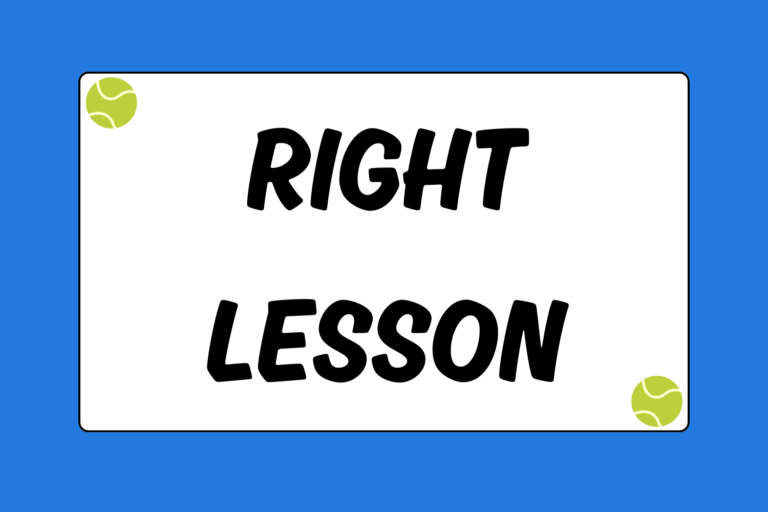Most athletes have experienced the frustration of digging deep into their sports bag to discover that they left a piece of equipment at home. Even if the missing item is trivial, not being fully prepared for a tennis match can hurt your game when you hit the courts. Professional tennis players carry an entire arsenal of gear in their bags, and even though you may not have a sponsorship deal worth millions of dollars, you should have a similar approach in terms of preparation.
This guide provides insight on what to include in your tennis bag and how to avoid showing up to a match ill-equipped.
The Bag
Don’t just use any dusty bag you unearth from the depths of your closet. Invest in a tennis duffel bag that has compartments for your racquets so they are not sticking out the sides. Tennis bags are specifically designed to hold multiple racquets and protect them from damage. Additionally, most bags have pockets for storage and adjustable shoulder straps for portability.
Tennis Gear
Always have several over grips stored in your bag. The grip on your racquet wears down and becomes uncomfortable over time and after much use. You don’t want to play an entire match with a tattered grip, so pack a few replacements in your bag so you can have a firm grasp on your racquet.
It’s a good idea to keep extra shock absorbers in your bag as well. Vibration dampeners absorb some of the shock as the ball comes off the racquet strings, which helps reduce possible arm injuries. Whether you want to use a vibration dampener boils down to personal preference; some players prefer the feel of their racquet with the dampener on, while others do not.
Don’t forget to keep at least one can of new tennis balls in your bag. Even if you’re playing in a tournament or competition where they provide new tennis balls, you should always pack an unopened can in your bag.
Hot Tip: Have a Back-Up Plan
It’s extremely helpful to pack more than one racquet in your bag. You don’t want to be left empty-handed if you break a string during a match or need to get your racquet re-strung, and don’t have a back-up racquet.
Clothing & Accessories
Being fully prepared for a match begins with packing the proper attire and gear in your bag.
Shirts
You should always carry at least one extra t-shirt or long-sleeve top in your bag. You want to wear something light, but it’s beneficial to change shirts if your clothing starts to stick to your body. Wet clothing can contribute to heat strokes by blocking your pores, so always have an extra shirt available. You may want to pack an additional shirt or jacket for after your match as well.
Footwear
Having an extra pair of socks in your bag is always useful. Your feet endure a lot of pounding when you hustle around the tennis court, and socks cushion your feet. Soggy socks trap moisture and prevent your feet from getting the protection they need.
Glare Resistance
Pack a hat and pair of sunglasses in your bag so you’re prepared for playing under the sun. A visor will help protect your face from sun exposure, while also reducing the glare and improving your ability to track the ball. Even if it’s the middle of winter or you don’t plan on playing during peak sun hours, keep a hat in your bag just in case.
Staying Dry
Keep a clean towel in your bag. During changeovers you will want to dry off any sweat, and it’s helpful to clean off your hands if you apply sunscreen during the match. Both sweat and sunscreen make it difficult to keep a firm grip on your racquet, so have a towel packed away that you can use during breaks.
Health
Keep a water bottle or container in your bag at all times. Many tennis facilities have water fountains on or near the courts, but bring water just in case. Hydration is essential for a long and grueling tennis match.
Always keep sunscreen in your bag. You should apply sunscreen before you walk onto the court, but make sure you have an extra bottle and re-apply while you’re playing. For more information on proper sun protection habits, please refer to the guide, Sun Prevention and Hydration in Tennis.
First-aid equipment, such as bandages and a dry-ice bag, is extremely important to pack in your bag. Hopefully you won’t need any medical attention, but you’ll be happy you planned ahead if any unexpected injuries occur.
Pack a snack, such as trail mix or fruit, in your bag so that you stay properly nourished throughout the match. You will have opportunities to eat during changeovers and in-between sets, so throw in a healthy bite to eat for either during or after your match.
Ready to Go
Many people live fast-paced lives, and it’s sometimes easy to overlook the importance of properly preparing yourself for a match. But think of it this way: would you show up to a first date without showering or picking out an outfit? If so, surely you wouldn’t feel fully confident or primed for the date.
Preparing for a tennis match takes time, consideration, and forethought. Many tennis players simply grab a racquet, jump in their car or on their bicycle, and head to the courts without much planning. However, you’ll be a more poised and self-assured player if you’re fully geared up and ready for a match.





